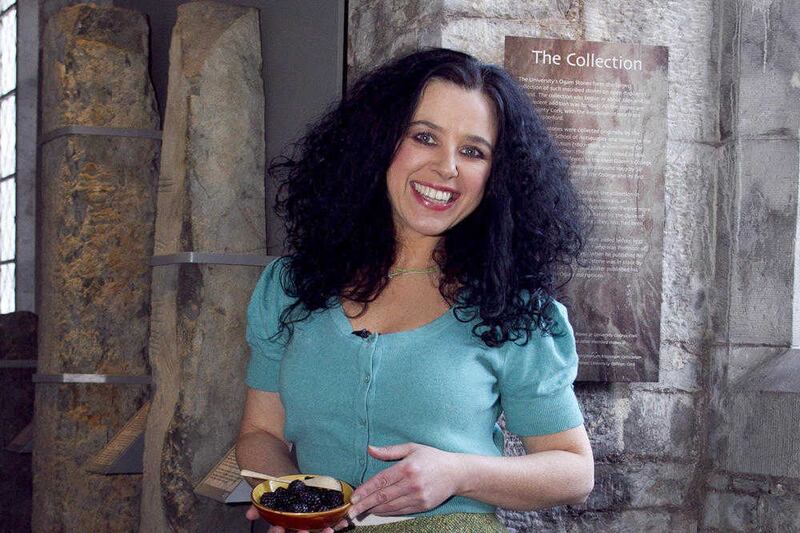THE fermented and wild foods St Patrick dined on in the fifth century are back among the hottest food trends internationally.
University College Cork food historian Regina Sexton said soured milk drinks, oatmeal, seaweeds and wild fruits and vegetables were staples in the Irish early medieval diet.
These are now some of the foods recommended by contemporary nutritionists for optimal health, she said.
Patrick would have eaten foods that were high in fibre and Omega-3 fatty acids. He would have taken fermented milks, low GI grains, protein, minerals and vitamins.
His diet was also rich in oily fish like salmon, oats, seaweed, nuts and wild vegetables and curds - but a little in the way of meat and full fat cheeses and butter.
Fare in the fifth century, Ms Sexton said, was seasonal, wholesome and modest by today's standards. A wide range of wild foods, notably watercress and wild garlic, she added, "nature's way of garnishing the delights of the countryside", was also on the menu.
There were hen and goose eggs, honey, fish, butter, curds, seaweeds, apples and dairy as well.
"Is this the latest super food diet, restaurant trend or is it just the diet of Ireland's national saint?" she said.
"Much of this is known because with the coming of Christianity, monastic settlements encouraged learning and record keeping and those records have come down to us. Ironically, much of the food available then, is what we call health food now, which comes of course, at a premium price."
Belfast Trad Society celebrates St Patrick's Day:




